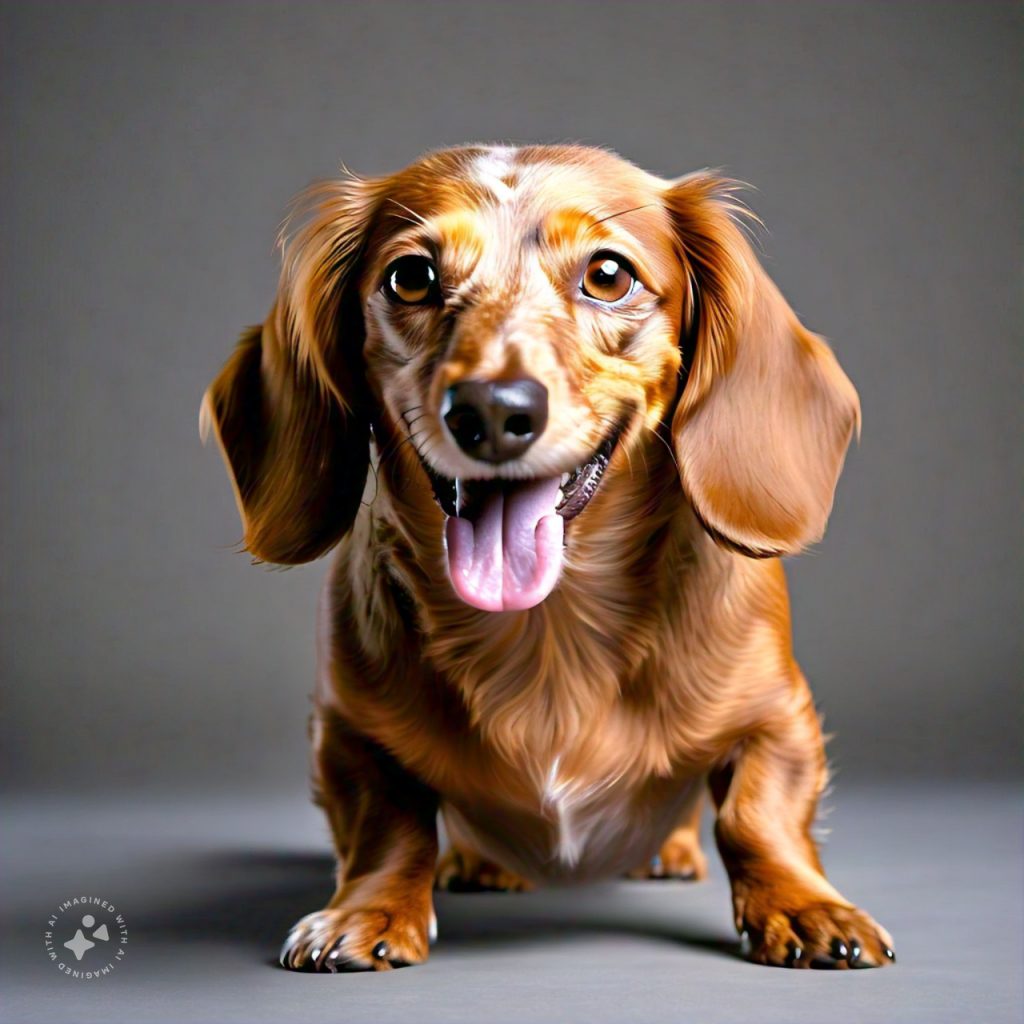The Dachshund, affectionately known as the “Wiener Dog,” is a breed beloved for its unique appearance, bold personality, and rich history. Despite their small stature, these dogs are full of energy and character, making them one of the most popular breeds worldwide. In this article, we’ll explore the Dachshund’s origins, physical traits, temperament, care needs, and frequently asked questions to provide an all-encompassing guide for prospective and current owners.
History and Origins of the Dachshund
The Dachshund’s history dates back to 15th-century Germany, where they were originally bred for hunting badgers. Their name translates to “badger dog” in German (“Dachs” = badger, “Hund” = dog). With their elongated bodies and tenacious spirit, they were ideal for chasing and flushing out burrowing animals such as badgers, rabbits, and foxes.
Over time, breeders developed two additional size variations—Miniature Dachshunds for hunting smaller prey and Standard Dachshunds for larger quarry. Today, Dachshunds are celebrated more as family pets, though they retain their hunting instincts.
Physical Characteristics
Dachshunds are unmistakable due to their long bodies, short legs, and distinctive silhouette. They come in three coat types—smooth, long-haired, and wire-haired—each adding a unique flair to their appearance.
Size and Weight
- Standard Dachshund:
- Weight: 16-32 pounds
- Height: 8-9 inches
- Miniature Dachshund:
- Weight: Under 11 pounds
- Height: 5-6 inches
Coat and Colors
Dachshunds have a wide range of coat colors and patterns, including:
- Solid colors (red, cream)
- Two-tone combinations (black and tan, chocolate and cream)
- Patterns like dapple (merle), brindle, and piebald
Facial Features
Their expressive almond-shaped eyes, floppy ears, and confident stance give them an irresistible charm.
Temperament and Personality
Despite their small size, Dachshunds possess a big-dog attitude. They are bold, curious, and sometimes stubborn, reflecting their hunting dog heritage.
Key Personality Traits:
- Loyal and Affectionate: Dachshunds form strong bonds with their families and love to be involved in daily activities.
- Playful: They enjoy games, especially those that mimic hunting, such as fetch or hide-and-seek.
- Independent: Their stubborn streak can make training challenging but also adds to their charm.
- Alert and Vocal: Dachshunds are natural watchdogs and will bark to alert their owners to unfamiliar sights and sounds.
Care and Maintenance
Caring for a Dachshund involves attention to their grooming, exercise, and health needs. Their unique body shape also requires special care to prevent back issues.
Grooming Needs
- Smooth-Coated Dachshunds:
- Require minimal grooming; a weekly brushing is sufficient.
- Long-Haired Dachshunds:
- Need regular brushing (2-3 times a week) to prevent tangles and matting.
- Wire-Haired Dachshunds:
- Require brushing and occasional hand-stripping to maintain their coat texture.
Exercise
Dachshunds are active dogs that need 30-60 minutes of daily exercise. Short walks, interactive play, and mental stimulation help keep them fit and happy.
Dietary Needs
Provide a balanced diet suitable for small breeds. Dachshunds are prone to obesity, so portion control and limited treats are essential. Consult your vet to determine the best feeding plan.
Health and Lifespan
Dachshunds typically live 12-16 years, but their unique anatomy predisposes them to certain health issues:
- Intervertebral Disc Disease (IVDD): A common spinal problem due to their elongated spine. Prevent this by minimizing activities like jumping on furniture.
- Obesity: Excess weight strains their back and joints.
- Dental Issues: Regular brushing and dental care are crucial.
Training and Socialization
Training a Dachshund requires patience and consistency. They are intelligent but can be headstrong, so early training is essential.
Tips for Effective Training:
- Use positive reinforcement techniques like treats and praise.
- Keep training sessions short and engaging to match their attention span.
- Socialize them early with people, pets, and various environments to reduce anxiety and improve behavior.
Types of Dachshunds
Dachshunds come in several varieties, classified by coat type and size:
- Smooth-Coated Dachshund: The most common variety, featuring a sleek and shiny coat.
- Long-Haired Dachshund: Elegant and soft, with a flowing coat.
- Wire-Haired Dachshund: Characterized by a rough, coarse coat and a distinctive beard.
Is the Dachshund Right for You?
The Dachshund is an excellent choice for individuals or families who want a loyal, spirited, and entertaining companion. However, their high energy levels, vocal nature, and potential health challenges mean they require committed care.
Pros of Owning a Dachshund:
- Adaptable to apartments or houses with yards.
- Loyal and affectionate with family members.
- Entertaining and full of personality.
Cons of Owning a Dachshund:
- Prone to barking and stubbornness.
- Requires special attention to prevent back injuries.
- Can be challenging to house-train.
Fun Facts About Dachshunds
- They were a favorite breed of artist Pablo Picasso and writer E.B. White.
- Dachshunds inspired the Hot Dog’s name due to their resemblance to sausages.
- They were originally bred in two sizes to hunt different prey: standard for badgers and miniature for rabbits.
Frequently Asked Questions
Q: Are Dachshunds good with kids?
A: Yes, they are playful and affectionate with children, but supervision is recommended due to their small size and potential fragility.
Q: Do Dachshunds shed a lot?
A: Shedding varies by coat type. Smooth-coated Dachshunds shed less, while long-haired and wire-haired varieties may shed more seasonally.
Q: Are Dachshunds easy to train?
A: While intelligent, they can be stubborn. Early training with positive reinforcement is key.
Q: How much exercise do Dachshunds need?
A: They need moderate daily exercise, about 30-60 minutes, to stay healthy and prevent obesity.
Conclusion
The Dachshund is a breed like no other, combining unique looks with a bold and loving personality. Whether you’re drawn to their historical roots as hunters or their modern-day role as affectionate companions, Dachshunds offer endless joy and entertainment. By understanding their needs and quirks, you can ensure a happy and healthy life for your beloved “Wiener Dog.”

